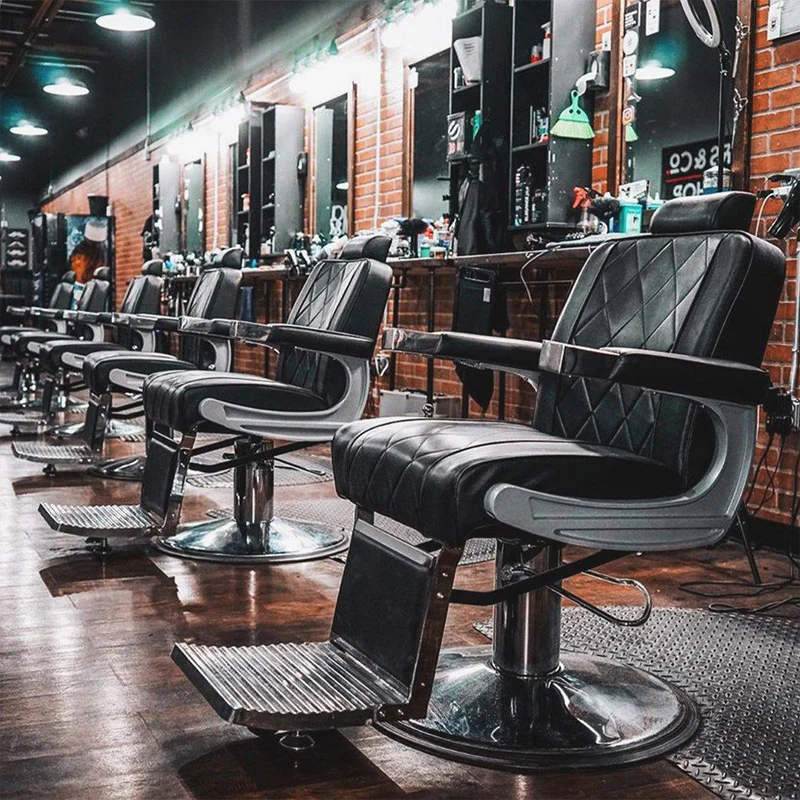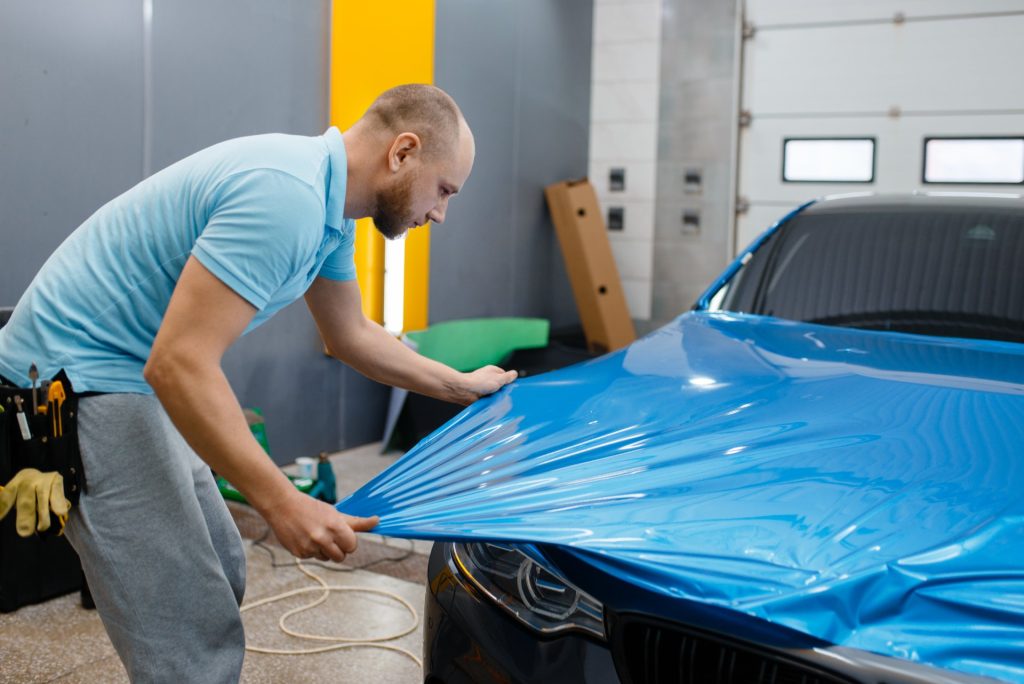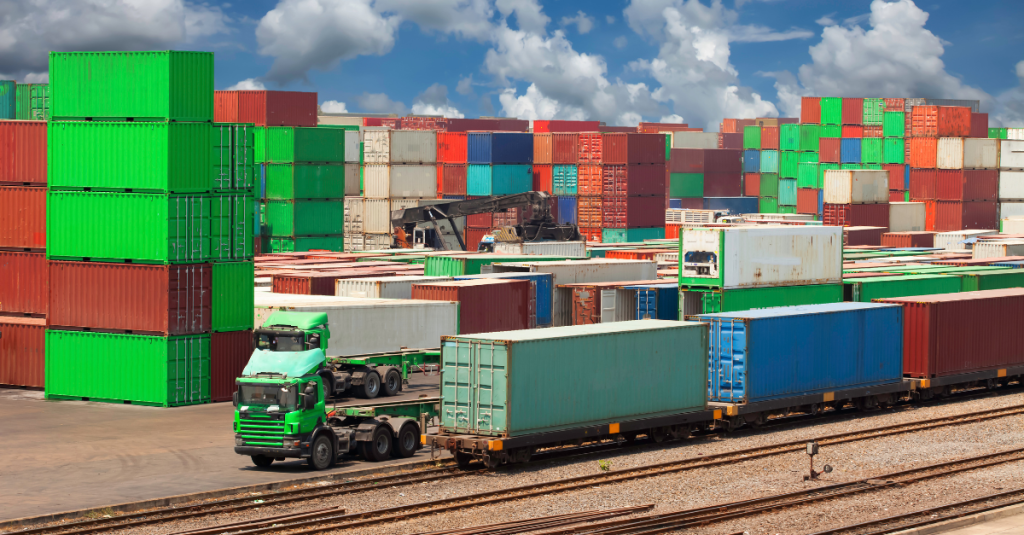Sculptural seating represents a fascinating intersection of art and functionality, transforming the way we perceive and interact with furniture. These innovative designs not only serve a practical purpose but also double as striking art pieces that can enhance the aesthetic appeal of any space. In recent years, designers have pushed the boundaries of traditional chair design, experimenting with materials, shapes, and forms that challenge conventional ideas about seating. For instance, a chair might take the form of a twisting, organic shape reminiscent of a tree branch or a bold, geometric figure that commands attention in a room. This blurring of lines between art and utility invites a deeper appreciation of craftsmanship and creativity, making each piece a conversation starter. Materials play a crucial role in sculptural seating, with designers utilizing everything from molded plastics to handcrafted wood, metal, and even textile combinations. Some pieces incorporate sustainable materials, aligning with eco-conscious design principles.

Moreover, the appeal of sculptural seating extends beyond residential settings; they are increasingly found in public spaces, galleries, and commercial environments, where their artistic presence can invigorate the atmosphere. Imagine entering a modern art gallery and being greeted not just by paintings and sculptures but by seating that seamlessly integrates into the exhibit, encouraging viewers to sit, relax, and engage with the art around them. This concept extends into restaurants and cafes, where sculptural Salon Chair can enhance the dining experience, creating an environment that feels curated and thoughtful. One of the most captivating aspects of sculptural seating is its ability to reflect cultural narratives and artistic movements. Designers often draw inspiration from nature, historical art forms, or contemporary issues, resulting in pieces that are rich in meaning and context. For example, a chair inspired by natural forms might evoke the fluidity of water, while another might pay homage to industrial design, showcasing raw materials and functional aesthetics.
In addition to their visual and tactile appeal, sculptural chairs often encourage a different way of sitting and interacting with the space. Traditional seating is usually designed for efficiency and comfort, while sculptural seating invites users to engage with their surroundings more creatively. Salon Chair can lead to a more dynamic experience, where the act of sitting becomes part of a broader narrative about design, art, and human interaction. Ultimately, sculptural seating embodies a philosophy of design that celebrates both form and function. It challenges the notion that furniture should be solely utilitarian, inviting us to rethink how we occupy and experience our environments. As designers continue to explore new materials and concepts, we can expect to see an even greater fusion of art and functionality in the realm of seating, promising an exciting future for both aesthetics and comfort in our everyday lives.






 Purchasing heavy machinery like a cherry picker can be a significant investment, especially for small to mid-size projects. Renting offers a cost-effective solution, giving you access to high-quality equipment without the upfront expense of ownership. With our rental service, you can use the cherry picker for the duration of your project and return it once you are done no need to worry about maintenance or long-term storage. Additionally,
Purchasing heavy machinery like a cherry picker can be a significant investment, especially for small to mid-size projects. Renting offers a cost-effective solution, giving you access to high-quality equipment without the upfront expense of ownership. With our rental service, you can use the cherry picker for the duration of your project and return it once you are done no need to worry about maintenance or long-term storage. Additionally, 